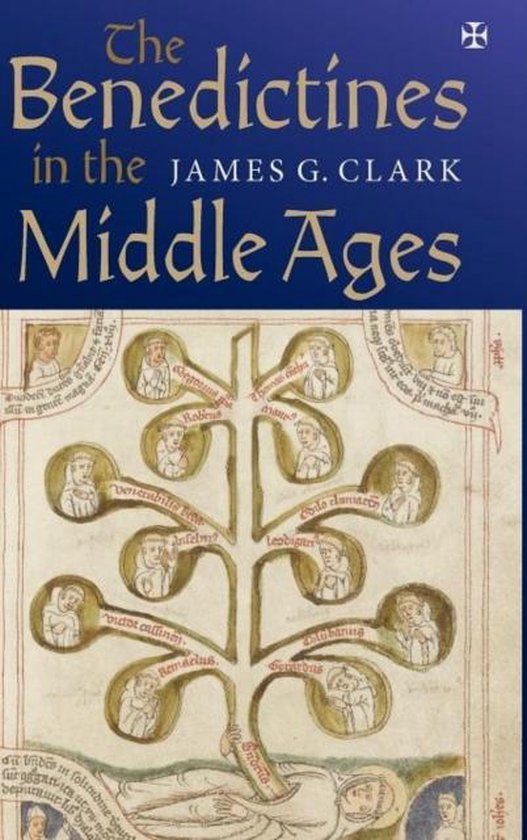
PC Rule Of St Benedict
St Benedict's inspirational work has been guiding Benedictine monks for fifteen centuries, and the Penguin Classics edition of The Rule of Benedict is translated with an introduction and notes by Carolinne White.
Founder of a monastery at Monte Cassino, between Rome and Naples, in the sixth century, St Benedict intended his Rule to be a practical guide to Christian monastic life. Based on the key precepts of humility, obedience and love, its aim is to create a harmonious and efficient religious community in which individuals can make progress in the Christian virtues and gain eternal life. Here, Benedict sets out ideal monastery routines and regulations, from the qualities of a good abbot, the twelve steps to humility and the value of silence to such every day matters as kitchen duties, care of the sick and the suitable punishment for lateness at mealtimes. Benedict's legacy is still strong - his Rule remains a source of inspiration and a key work in the history of the Christian church.
Carolinne White's accessible translation is accompanied by an introduction discussing Benedict's teachings, what is known of his life, and the influence and spread of his Rule.
Saint Benedict of Nursia (c. 480-543 AD) founded twelve monasteries, the best known of which was his first monastery at Monte Cassino, in Italy. Benedict wrote a set of rules governing his monks, The Rule of Benedict, one of the more influential documents in Western Civilization. Benedict was canonized a saint in 1220.
If you enjoyed The Rule of Benedict you might enjoy St Augustine's Confessions, also available in Penguin Classics.
| Auteur | | St Benedict |
| Taal | | Engels |
| Type | | Paperback |
| Categorie | | Religie, Spiritualiteit & Filosofie |





